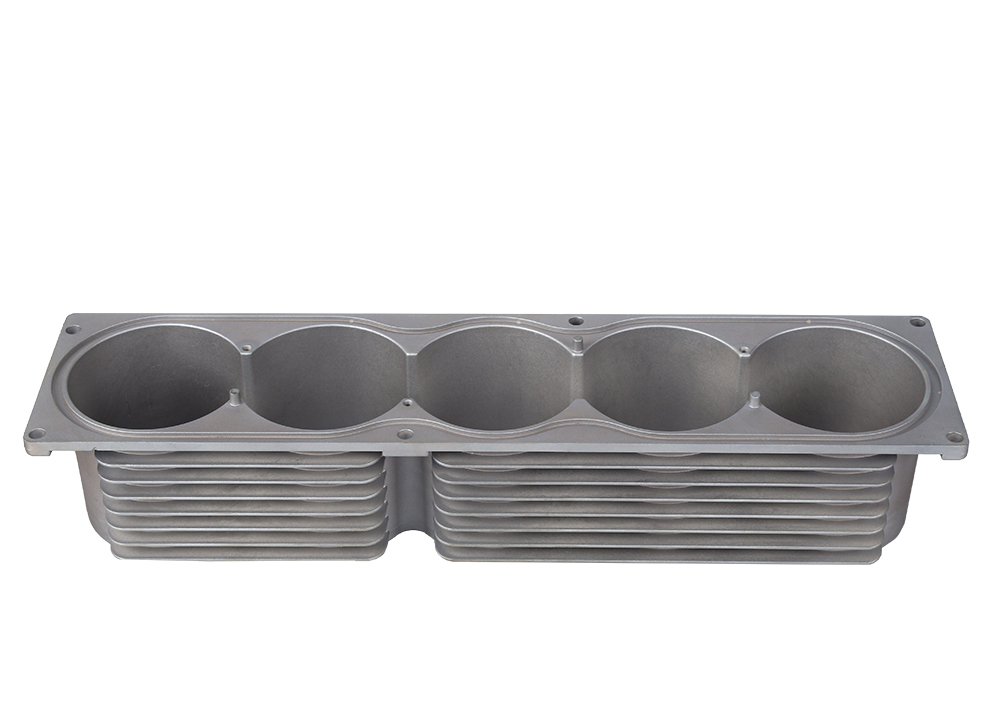Time:2023-04-11 Preview:
Welding
Excessive welding is a weld that requires larger welding. This usually occurs in unsweller welders. Welded when there is no angle regulation or designated welded size design. In addition, when welders want to create a large welded seam just for safety.
Excessive welding can lead to resource tightness, such as more labor, arc time, filling metal and protective gases. Therefore, it increases costs. In addition, due to more heat input, larger welds will deform parts. Excessive convexity will increase the chance of welding due to fatigue. Therefore, in order to save resources, we ensure the use of corner welds to avoid excessive strengthening of the slot joint connection. Changing the wire diameter also avoids the occurrence of welding.
Correct welding process
When considering aesthetics, it is important to choose the correct welding process. It is important to consider several factors before choosing welding technology. In terms of accuracy, welding is better welded than metal inert gas (mig). However, the former needs more skills.
When aesthetics is the main consideration, TIG is a better choice than MIG. This is because the latter is more time to complete the future. In addition, in order to ensure that resource consumption is less than necessary
You need to modify all considerations. The error process will lead to subrording production.

Welding automation
Welding automation reduces welding costs well. The use of welding automation makes welding more cost -effective, safer, more efficient and faster. It involves equipment that uses part or fully automated welding. Although the operator is high in skills, it is easy to fatigue and errors in welding -related activities. Factors such as operating welding equipment, positioning and safety problems will affect welding productivity.
The options for welding automation have greatly affected productivity and cost. However, the degree of automation in welding is different. For example, hard automation involves the use of welding manipulator, rotating roller and welding positioner to keep welded in place. On the other hand, the automatic setting uses the robotic arm for welding. This type of welding is called robot welding.
 Related News
Related News·What are the preparations for the hardware processing plant? ·How to reduce the bad condition of stamping hardware processing? ·Safety operating procedures for CNC processing ·On the Future Development of Hardware Parts · Why does the drilling and tapping machine in CNC machining centers require frequent lubrication dur ·Solution of retracting neck and cracking in precision hardware processing ·What are the main objects for CNC lathe? ·CNC processing process should be paid attention to ·How to solve the trivial problem when CNC processing encounters? ·Structure and performance characteristics of vertical lathes


